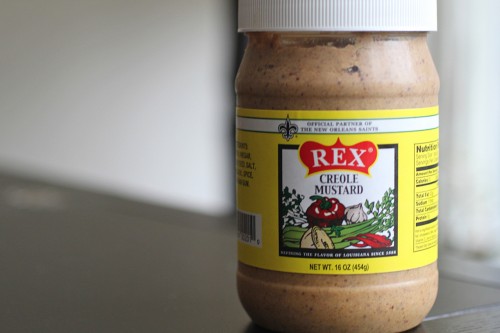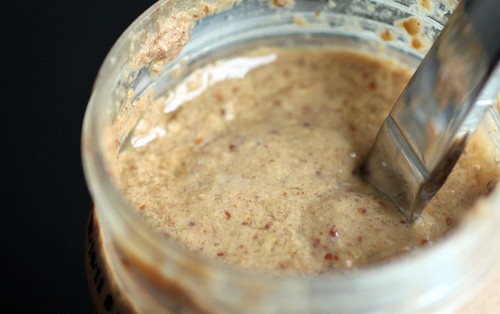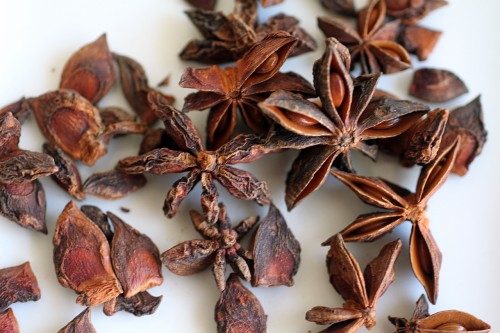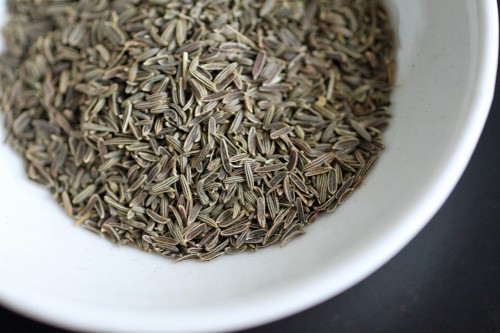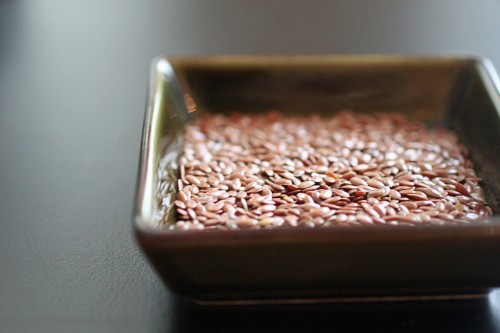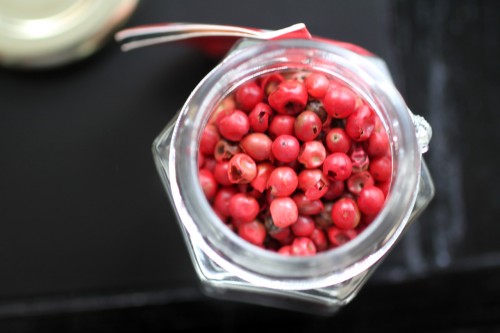Japanese Black Sugar or Kuro Sato
I recently came across this stuff when I was perusing my favorite local Asian market – yes, the same one where I bought the Umeboshi Paste and lost my mind getting ingredients for my Homemade Furikake Popcorn. And the interesting thing is, though it’s commonly referred to as “black” sugar (and sure looks pretty dark to me), Kuro Sato, the official name, is actually more in the brown sugar family and bears a similar resemblance and taste to jaggery or piloncillo.
Like those other forms of sugar, Japanese black sugar is unrefined, cane sugar, and this sort comes from Okinawa. It too contains vitamins and minerals not found in traditional white sugar; the fact that it isn’t processed as heavily leaves behind the trace minerals that naturally occur in sugarcane – potassium, iron and calcium to name a few.
The flavor…is beautiful! It has a smoky, malt-like taste with a bit of saltiness. It’s not as sweet as white sugar and definitely takes on a caramel / molasses quality to it. In fact, I’m thinking about making some black sugar caramel sauce for a vanilla sundae or even going all in and making candies myself (the Japanese, of course, already have black sugar candies…). It’s such a rich flavor, and I can only imagine working this into a chocolate dessert. Where I’d pair jaggery with fruit, the malti-ness of this to me is meant for chocolate.
You can find black sugar at your local Asian market or online through Amazon or Kalustyan’s…






